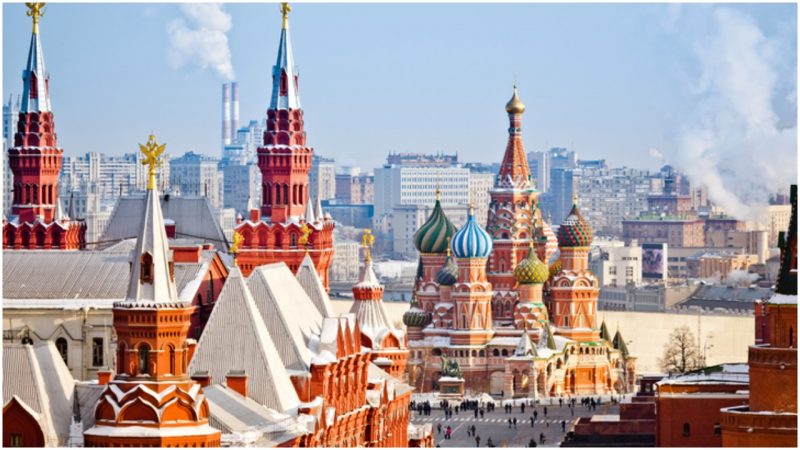When Winston Churchill gave his now-famous “Iron Curtain” speech on March 5, 1946, during his tenure as leader of the official House of Commons Opposition, he tapped into a growing sentiment among the Western powers that their victory over Axis forces was being quickly and cruelly undermined by growing Soviet influence in eastern Europe and Asia.
Moscow’s influence, he proclaimed, “descended across the Continent,” bringing hardship and injustice with it wherever it landed and obscuring the influence of the victorious West.
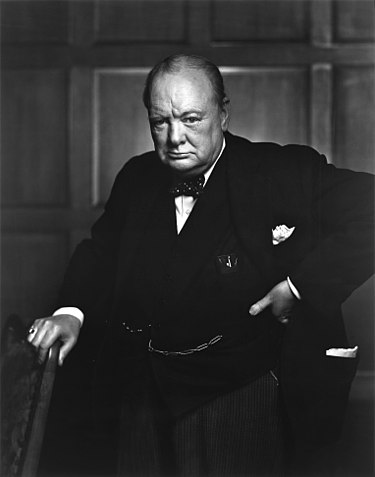
According to Robert Rhodes James of the International Churchill society, Churchill’s speech resonated with the Western powers to such a degree that some Russian historians consider it the beginning of the Cold War; to say that it stoked tensions between the former allies is an understatement.
It was into these shifting sands that the American war journalist and Grapes of Wrath author John Steinbeck trekked with his colleague, photographer Robert Capa, in 1947; the two were on a mission to document the devastation and reconstruction of Europe in what would later be published as A Russian Journal, and few writers of the day were as qualified for the colossal and emotionally-charged undertaking as Steinbeck.
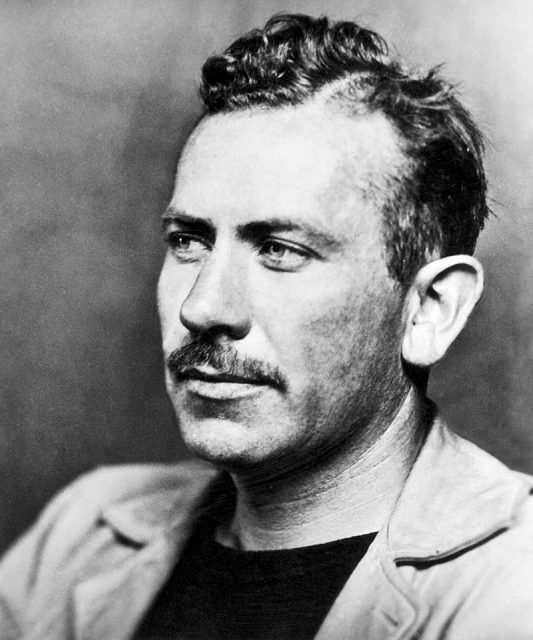
In his research for the 1937 novel The Grapes of Wrath, a book in which he claims to have “done [his] damnedest to rip the readers’ nerves to rags,” Steinbeck conducted extensive interviews, driving Route 66, visiting government-operated and impromptu roadside squatter camps occupied by economic migrants who traveled the iconic highway seeking employment at the height of the Great Depression.
His unapologetic focus on the raw, on-the-ground horror of extreme poverty saw him branded a socialist by depression-era capitalist apologists, but he was undeterred.
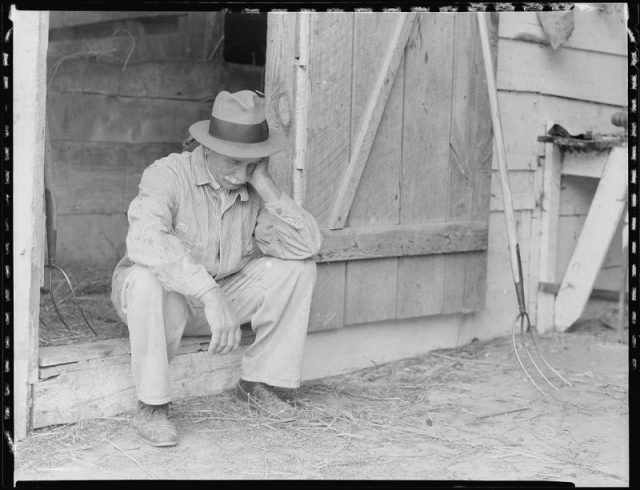
When he and Capa arrived in Stalingrad, he was on familiar ground; according to Russia Beyond’s Nora Fitzgerald, Steinbeck spent a significant amount of time in the collectively-organized farms near Stalingrad observing and documenting the strenuous work and spending time with the farmers’ families.
In Stalingrad, the pair were fascinated by the speed with which the citizens of the ruined city rushed to return to normalcy amid the devastation.
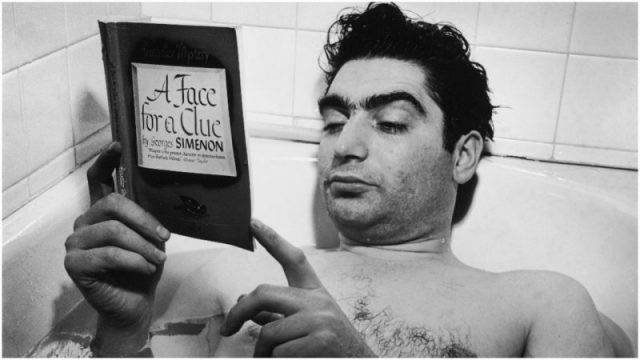
Steinbeck was “intensely fascinated,” writes Fitzgerald, with the way the Russian women, in particular, made do in holes and caverns where once stood flats and houses.
“How they [the women] could live underground and still keep clean and proud and feminine we had no idea. …It was a strange and heroic travesty on modern living,” he wrote, musing on the poise and grace of a people who acclimatized with astonishing quickness to a city Capa’s photos showed to still be “horrifically gutted two years after the war.”
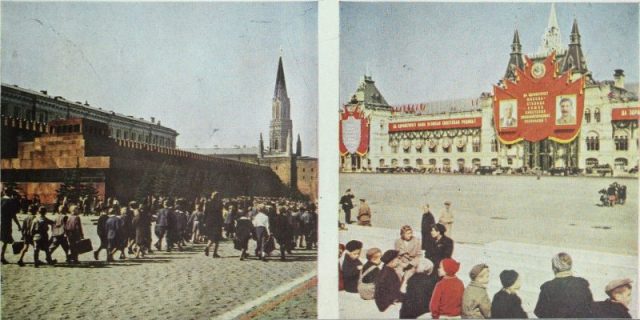
Both Capa and Steinbeck spent WWII as journalists and, perhaps as a result of these experiences, the tone of A Russian Journal is markedly different from the gut-wrenching staccato of tragedies that make up The Grapes of Wrath.
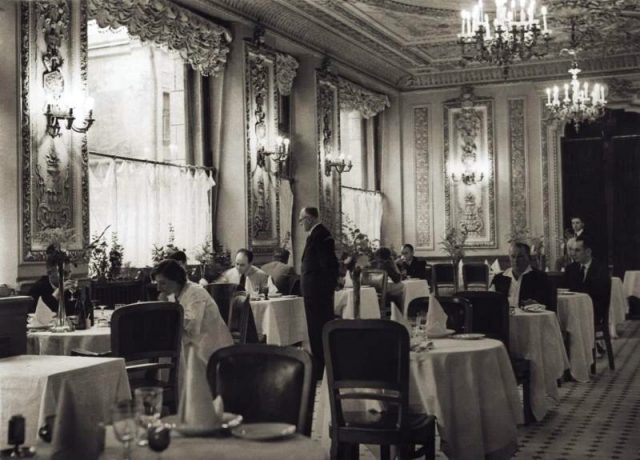
Though the war was over, the horror it wrought upon Europe and Asia remained, and Fitzgerald writes that even these experienced scribes of 20th century horrors were unable to maintain their detachment from the surroundings during their stay in Russia.
The work that emerged from their travels spans a wide range of emotional registers; it is at times humorous, others tragic, and at some points, Fitzgerald writes, even naïve. In the description of its recent reissue, Penguin Random House notes that Steinbeck and Capa, “two artists at the height of their powers, answering their need to document human struggle,” nearly falter at times in the face of the reality they endeavor to transcribe for posterity.
Still, their traversal of Churchill’s opaque barrier, an effort to capture the quotidian experience of what Steinbeck called “the great other side there,” is handled with the utmost grace and sensitivity – the title of the work itself validates their sincerity. A Russian Journal, Steinbeck wrote, “is just what happened to [us] … It is not the Russian story, but a Russian story.”
